Visit Sabah Economic Development and Investment Authority (SEDIA) with Mr Iwan Hermawan (Assistant Vice President), Mr Richard J. Munang (Senior Executive, Investment & Business Development) and Mr Emran (Senior Executive, PMD)
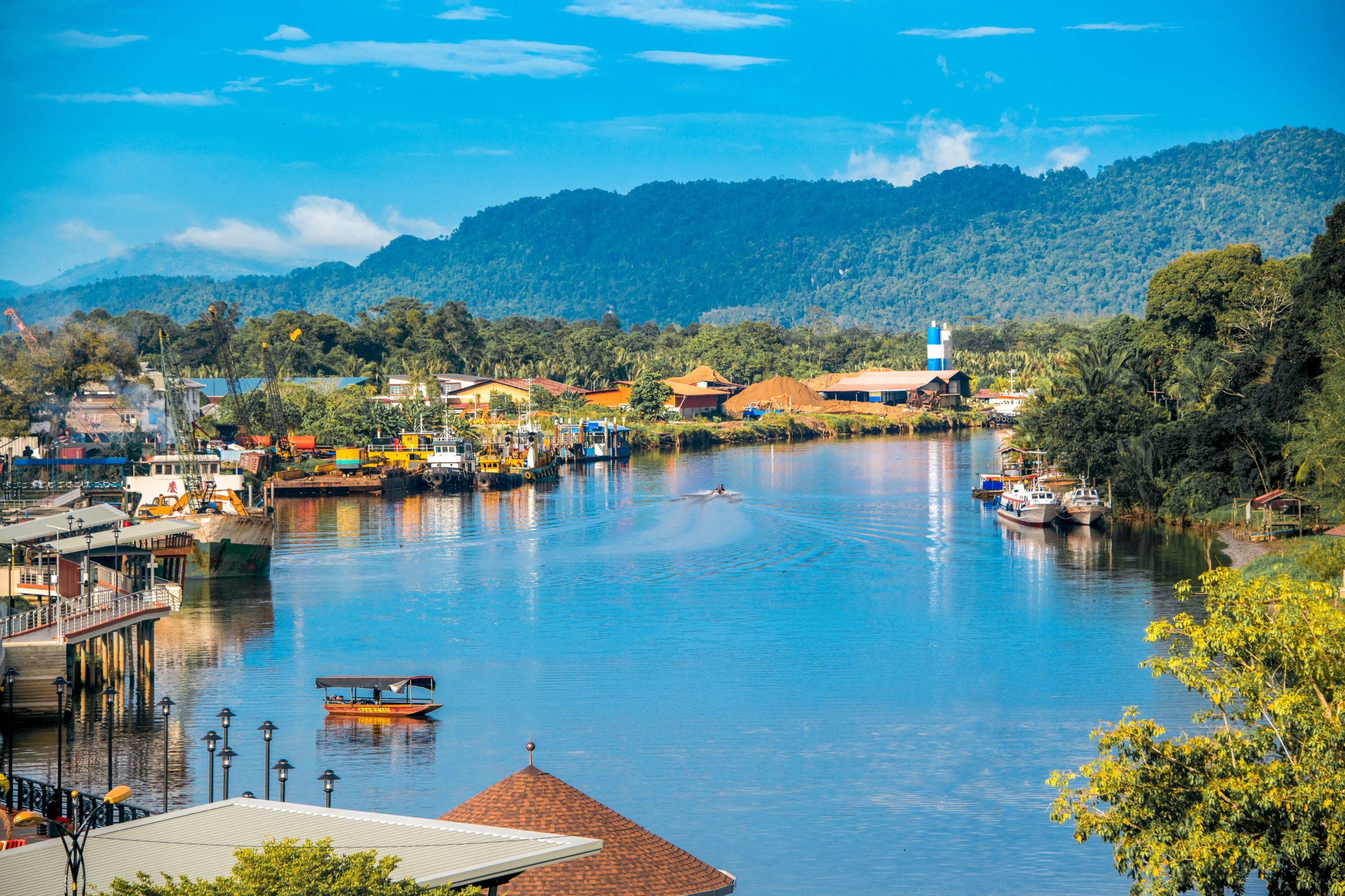
Lawas is a small frontier town in the northern corner of Sarawak. Located in a strip of Sarawak territory, Lawas is sandwiched between the Temburong district of Brunei and Sabah state. The strategic location of Lawas makes it a tourist attraction especially to the Bruneians while its rich natural environment is ideal for agriculture purposes.
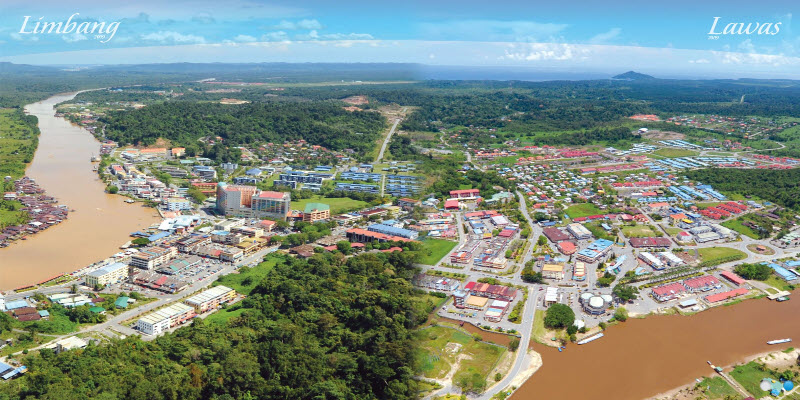
A border town in the northern region of Sarawak, Limbang is located between the two halves of Brunei. It is a melting pot of many cultures, including Malay, Kedayan, Chinese, Iban and various Orang Ulu ethnic groups such as Lun Bawang, Bisaya, Murut, Kelabit and Penan. It has one of the highest concentration of Orang Ulu tribe in Sarawak.
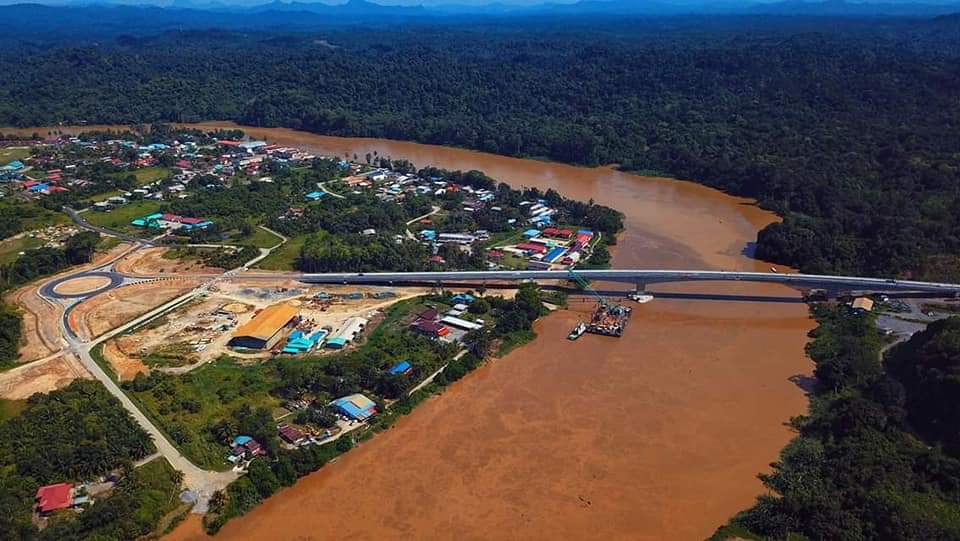
Long Lama town lies along Sarawak’s second longest river, Baram in the northern interior of the state. Located about 140km southeast of Miri city, the town is has a population of about 1,500 people. Founded by the Kayan community, the town got its namesake from the nearby Lama River that joins with the Baram River. ‘Long’ in Kayan means estuary while Lama means old. The main activities in the surrounding areas revolve around fishing and agriculture such as planting paddy and fruits, with farmers also rearing pigs, buffalos and cows.
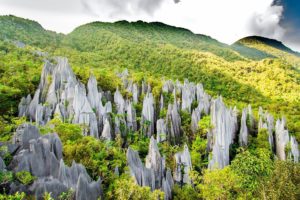
The magic of Mulu National Park was recognised in 2000, when it was declared an iconic UNESCO World Heritage Area. The Park is known as the ‘Jewels in the Crown’ of Sarawak’s expanding network of national park. Being the largest national park, it covers 544 sq km of primary rainforest and is dominated by three mountains – Gunung Mulu (2,376 m), Gunung Api (1,750 m) and Gunung Benarat (1,858 m). Yet many of Mulu’s greatest attractions lie deep below the surface. Hidden underneath the forested slopes of these mountains is one of the largest limestone cave system in the world.
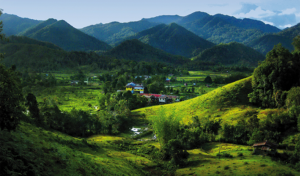
Nestled at an altitude of about 3,500 feet above sea level in the north-eastern corner of Sarawak is the famous Bario Highland, a Kelabit territory, one of the minority Orang Ulu tribes of Sarawak. It is affectionately known as the ‘land of a hundred handshakes’ as this is how friendly locals will greet you. Bario has incredible organic food such as the famous Bario rice and pineapple. One of their annual events is the internationally known Bario Food Festival or ‘Pesta Nukenen’, held in July every year.
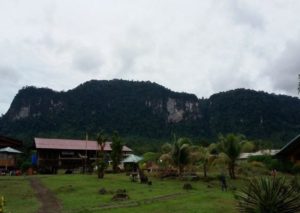
Bukit Mabong is located in the Tunoh area, towards the northern part of Baleh. It is a tourist attaction in Sarawak, located within the mountain range called the Hose Mountains. Among the cultural landscape features found here are Bukit Batu which is the highest point in the district at 2,028m, Gunung Gelanggang, Bukit Batu Tiban which is located in the Malaysia-Indonesian border, Sungai Balleh and Sungai Balui.
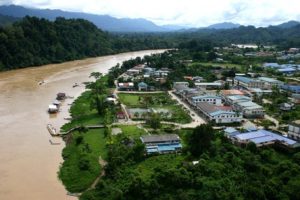
Belaga is located on the upper reaches of the Rajang River, approximately under 100km from the coast near Bintulu. Belaga was established in the early 1900s when a few Chinese traders set up shops and began trading with the Orang ulu, supplying essentials. Today, Belaga is considered a good place to start exploring the interiors of Sarawak.

Song is situated by the banks of the Katibas River, a tributary of the Rajang River. The Ibans account for 80% of the population, followed by Chinese, Melanau, Malay and Bidayuh. Song serves as an important stop for river traffic going up the Rajang River.
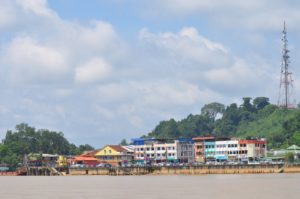
Kanowit is located on the mouth of Kanowit River at the bank of Rajang River, approximately 174km from the coast of South China Sea. It takes 45 minutes to reach the town by land and an hour by boat from Sibu. The main ethnic groups are Iban, Chinese, Malay and Melanau. Its location makes it an ideal spot for trade between the town of Sibu and the interior areas of Rajang River.
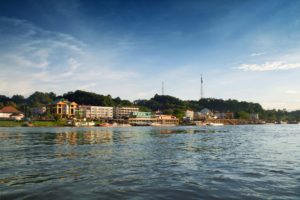
Kapit is located in the central part of Sarawak, a town at the Upper Rejang river. One of the places of attractions in Kapit town is Fort Sylvia, built in 1880 which has been turned into a museum now under the Tun Jugah Foundation. It is in this town that you can find an array of exotic produce that can only be found in Sarawak.
MESSAGE FROM BOARD CHAIRMAN
The Sarawak Corridor of Renewable Energy (SCORE) has propelled the development of Sarawak’s economic potentials, particularly hydropower, which provides safe and consistent supply of clean renewable energy to power Sarawak’s ambitious industrialisation programme.
Hydropower from our dams, as well as other forms of power source including coal, gas and combined cycle power generation, are part of the Sarawak Government’s commitment to shift Sarawak’s economic base towards advanced industries by leveraging and adding value to its vast natural resources.
Chief among our huge power generation capability is the Bakun hydro dam, the largest of its kind in Southeast Asia. Commissioned in 2011 with a capacity of 2,400MW, it is joined by the 944MW Murum dam in 2015, thus ensuring industries a steady supply of readily available power at relatively competitive prices.
And to future-proof further power needs, the ongoing 1,285MW Baleh hydroelectric project is due for commissioning in 2026.
Such readily available hydropower can be channeled to designated growth nodes- Samalaju Industrial Park, Tanjung Manis, Mukah, Baram and Tunoh – where investors will enjoy clean and affordable power that will give them an advantage over others in the energy-intensive industries.
The Sarawak Government is also taking steps to encourage the further development of petrochemical industries in Bintulu and Lawas that can take advantage of Sarawak’s natural gas as feedstock.
Our jewel in the crown – the Samalaju Industrial Park – will continue to provide efficient and business-friendly services to its customers, with RECODA being entrusted to oversee the planning, as well as the orderly and systematic development of the industries there.
In order to expand SCORE into the interior and rural parts of the state, the Sarawak Government has further established three development agencies under RECODA, namely the Upper Rajang Development Agency (URDA), the Highland Development Agency (HDA) and the Northern Region Development Agency (NRDA).
This is in tandem with Sarawak’s development agenda to accelerate the development of physical infrastructure and amenities in these areas in order to modernise the rural economy.
Sarawak has put in place clear policies, efficient and transparent government machinery and effective mechanisms, as well as tax and other incentives, to facilitate investors’ in its economy.
With strong cooperation and collaborative efforts by both the Federal and Sarawak Governments on industrial and investment policies, we believe this will provide long-term security that is conducive to business profitability and long-term sustainability for investors.
MESSAGE FROM CHIEF EXECUTIVE OFFICER
The Sarawak Corridor of Renewable Energy (SCORE), with an area of more than 100,000km², offers exciting opportunities for companies looking to expand their operations and geographic reach in Asia’s fast-growing markets.
It is among the five economic development corridors established by the Malaysian Government as part of its ambitious plan to stimulate investment-led growth in traditionally rural areas.
Geographically, Sarawak is located at the heart of the Asia-Pacific and with its strategic location, it makes SCORE a very profitable investment hub offering cost-competitive advantages with good transportation linkages.
Power-intensive heavy industries can take advantage of Sarawak’s abundance of competitively-priced and renewable power, connectivity and investment infrastructure, friendly business policies as well as competent and trainable workforce.
This is a key competitive edge, especially for energy-intensive industries like aluminium, steel, fertilisers and cement, which makes SCORE an attractive investment haven.
Sarawak also offers rich natural resources where it is known for its oil reserves of at least 1.2 billion barrels as well as the large deposits of silica sand and kaolin which are used in ceramics and cosmetics.
Finally, our political stability and healthy fiscal environment, along with carefully-targeted federal and state tax incentives, continue to place Sarawak among the top five investment destinations in Malaysia.
We welcome investors who are keen on investing in SCORE. Investors can rest assured that we are committed to long-term sustainability and growth. Let’s make this partnership a reality and a rewarding one.